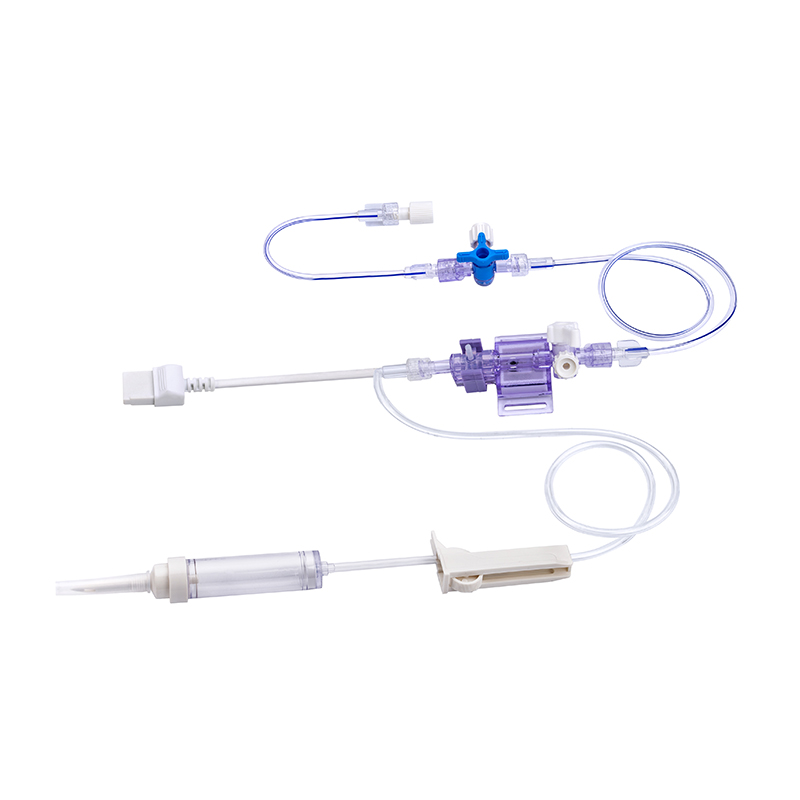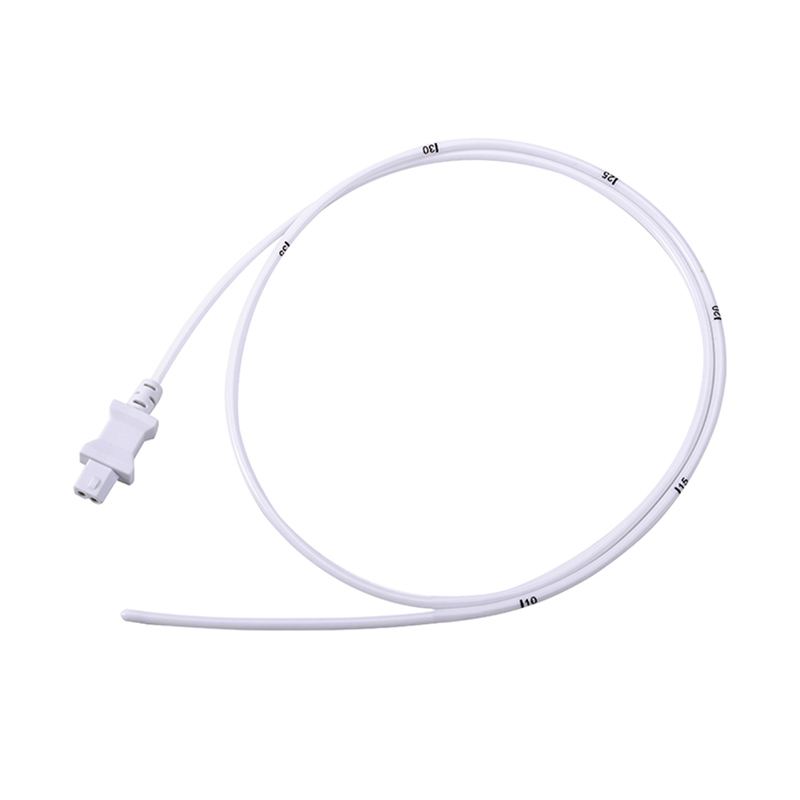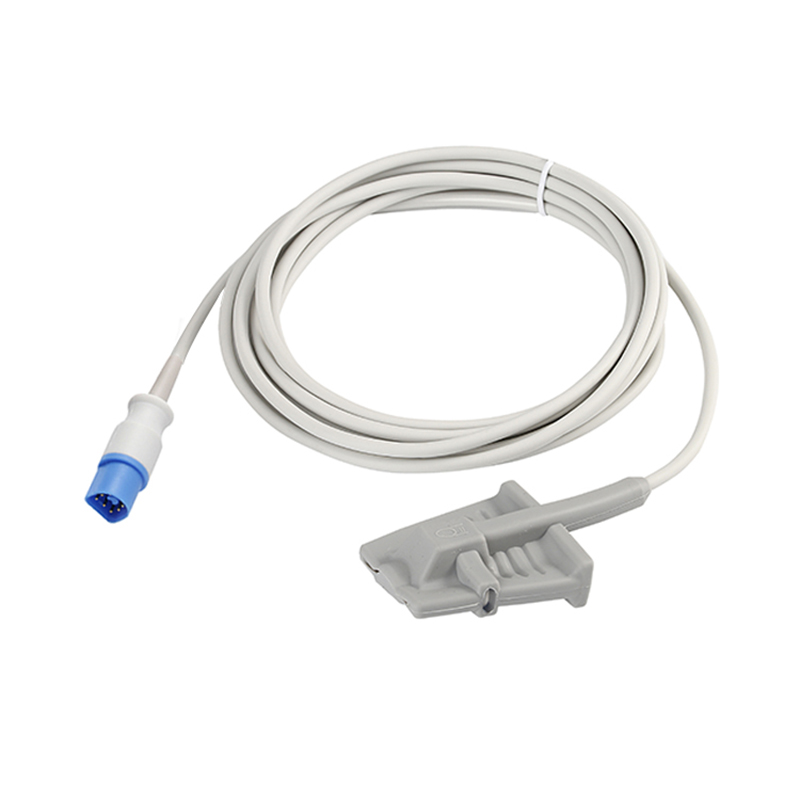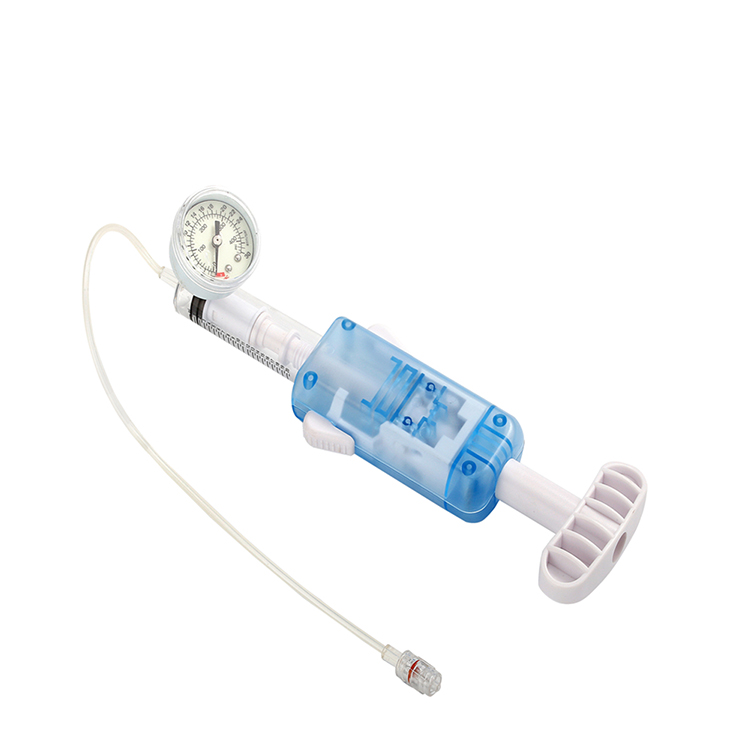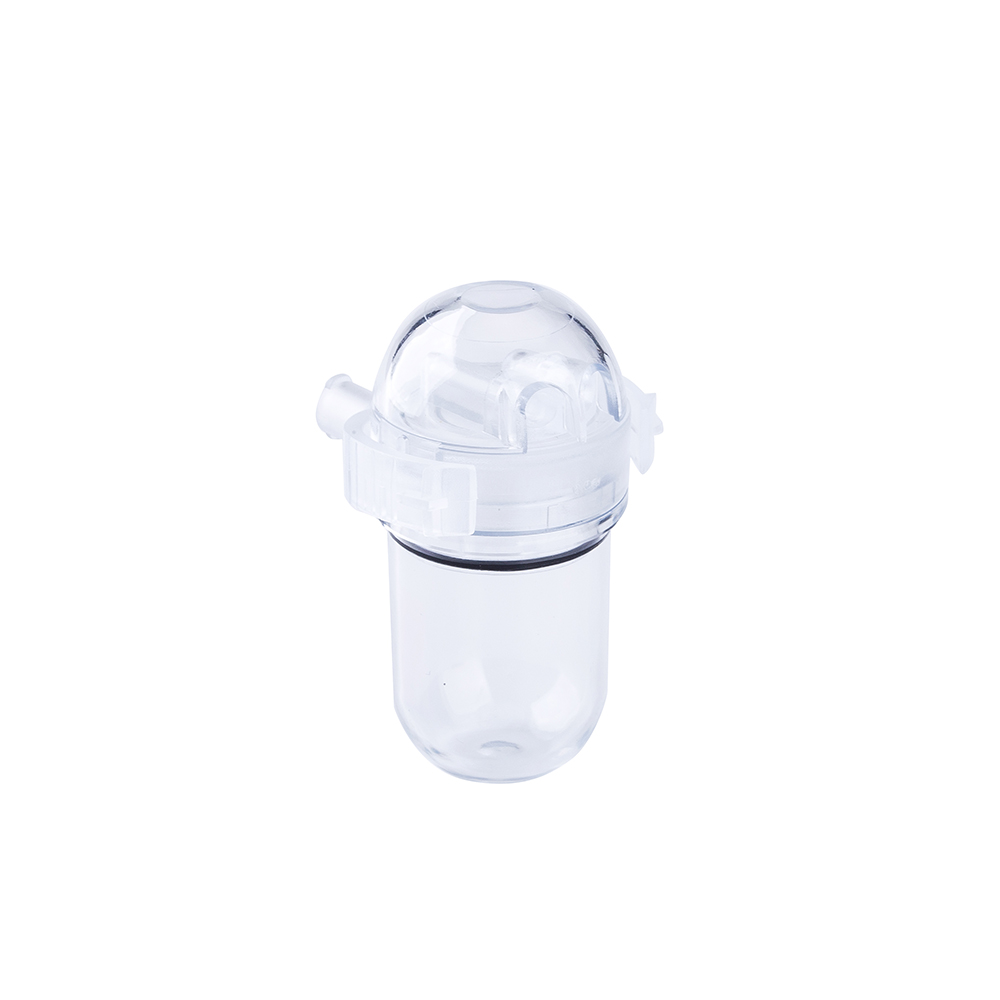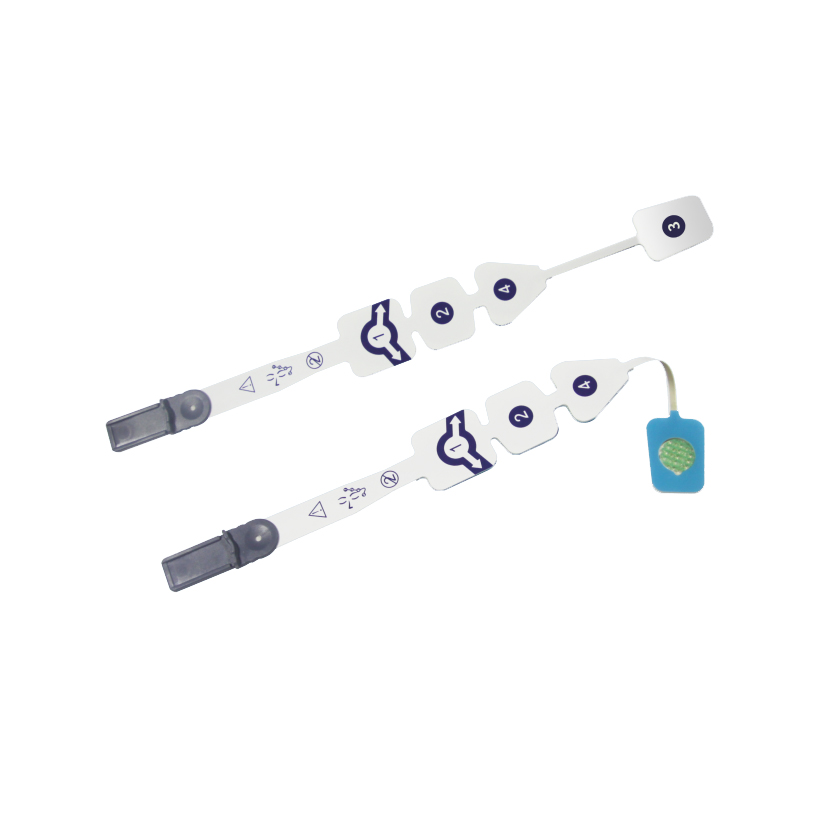BP Transducers core part A&type and E&type
PRODUCT INTRODUCTION
Available in various configurations to meet your clinical requirements.
Invasive blood pressure measurement is a sophisticated method that uses an arterial catheter placed in an artery to measure blood pressure directly within the artery. However, this method provides accurate, real-time measurements that reflect blood pressure changes during each cardiac cycle and can directly display systolic, diastolic, and mean arterial pressures. It is mainly used in the following situations direct visual anesthesia cardiovascular surgery, intracranial anesthesia surgery and other life-threatening major surgeries, intraoperative and postoperative monitoring, and other conditions (such as monitoring intensive care unit patients).
Translated with DeepL.com (free version)

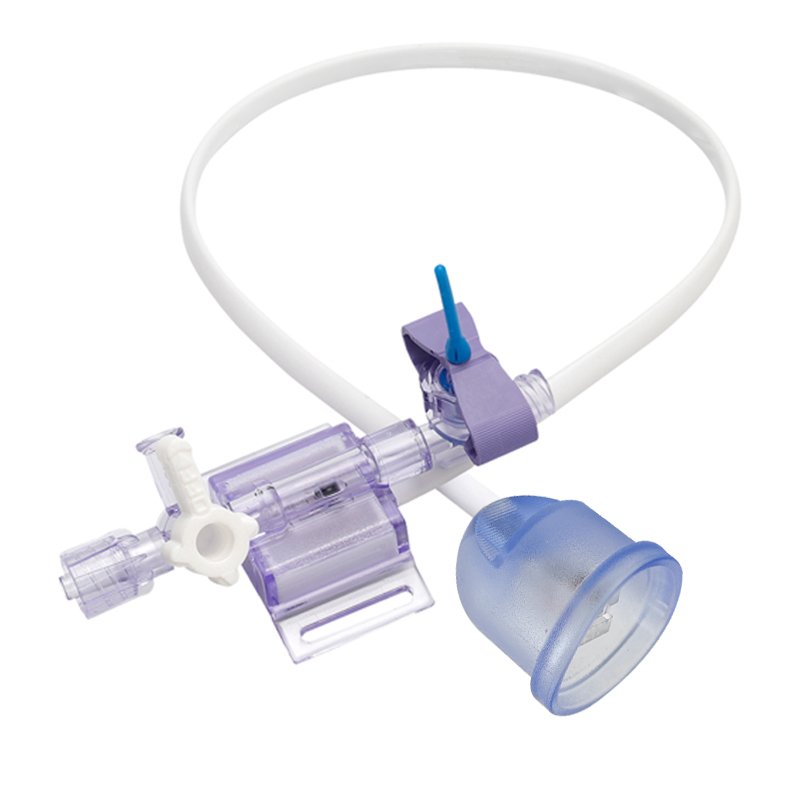
Our service
1. Better manufacture ability
2. High quality/Safe material/Competitive price
3. Small order available
4. Quickly response
5. More safe and fast transport
Main technical parameters and working environment requirements
| Barometric pressure: | 70~106Kpa |
| Relative humidity: | 10~90% (non-condensing) |
| Operating pressure range: | -50 ~ + 300 mmHg |
| Sensitivity: | 5.0μV/V/mmHg ±3% |
| Nonlinearity and hysteresis | full-scale reading±1.5% |
| Input impedance: | 1200Ω ~3200Ω |
| Output impedance: | 300±5% |
| Zero pressure offset | -20mmHg~+20mmHg |
| Thermal offset shift | ≤±0.3mmHg/°C |
| Offset drift | After warm-up for 20 seconds, drift within 2 mmHg within 8 hours |
| Thermal span shift | ≤±0.1%/°C |
| Frequency response | Standard pressure set (48 "/ 12") is 40 Hz; Separate sensor > 200 Hz |
| Defibrillator withstand | Defibrillation depends on the final connection of the equipment |
| Leakage current | Leakage current is dependent on the final connection of the equipment |
| Overpressure load | -400~+4000mmHg |
| Shock resistance | Withstand falling from one meter for three times |
| Light sensitivity | When exposed to a 3400°K tungsten light, candle light at 3000 feet, it's less than 1 mmHg under rated voltage |
| Contact with the human body | ≤168h |

